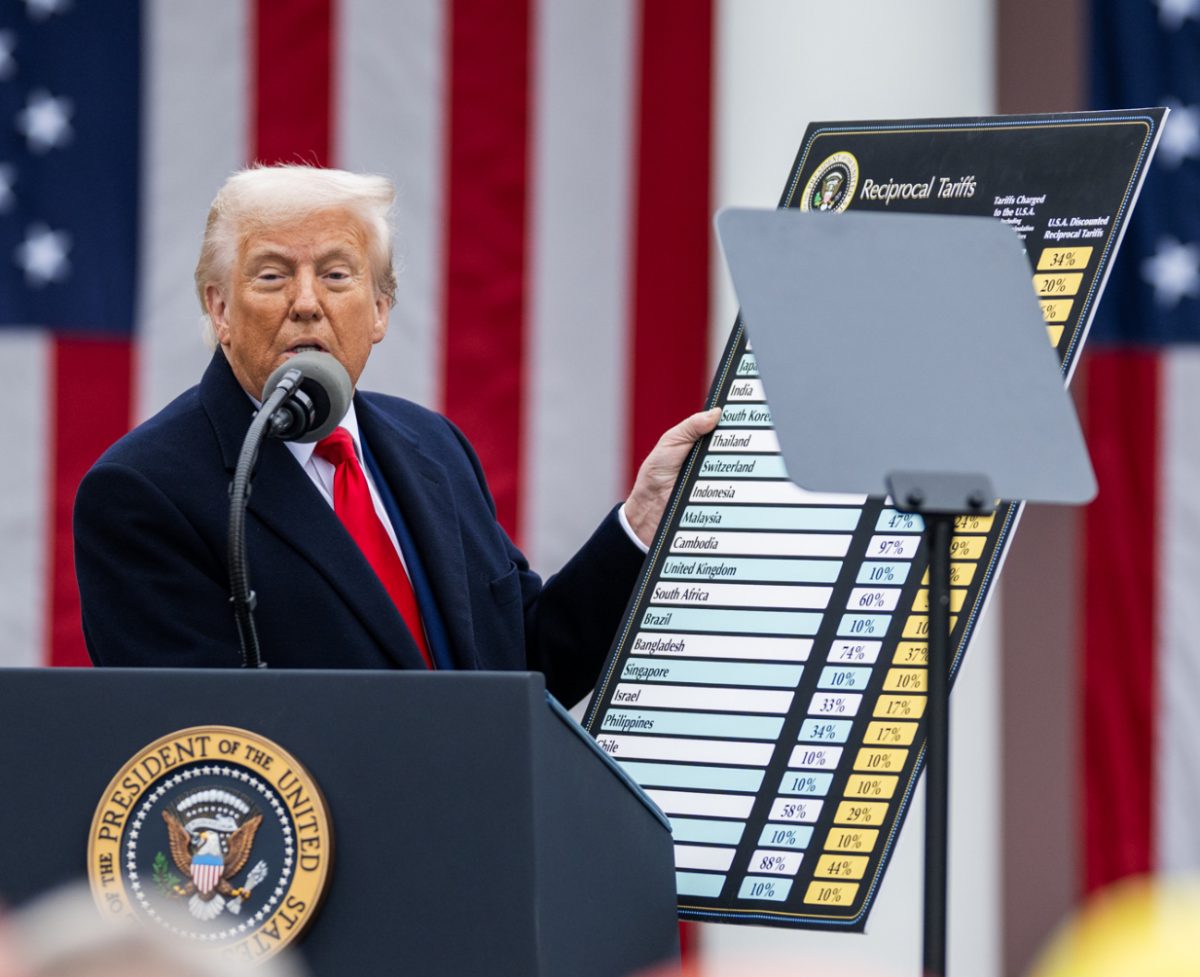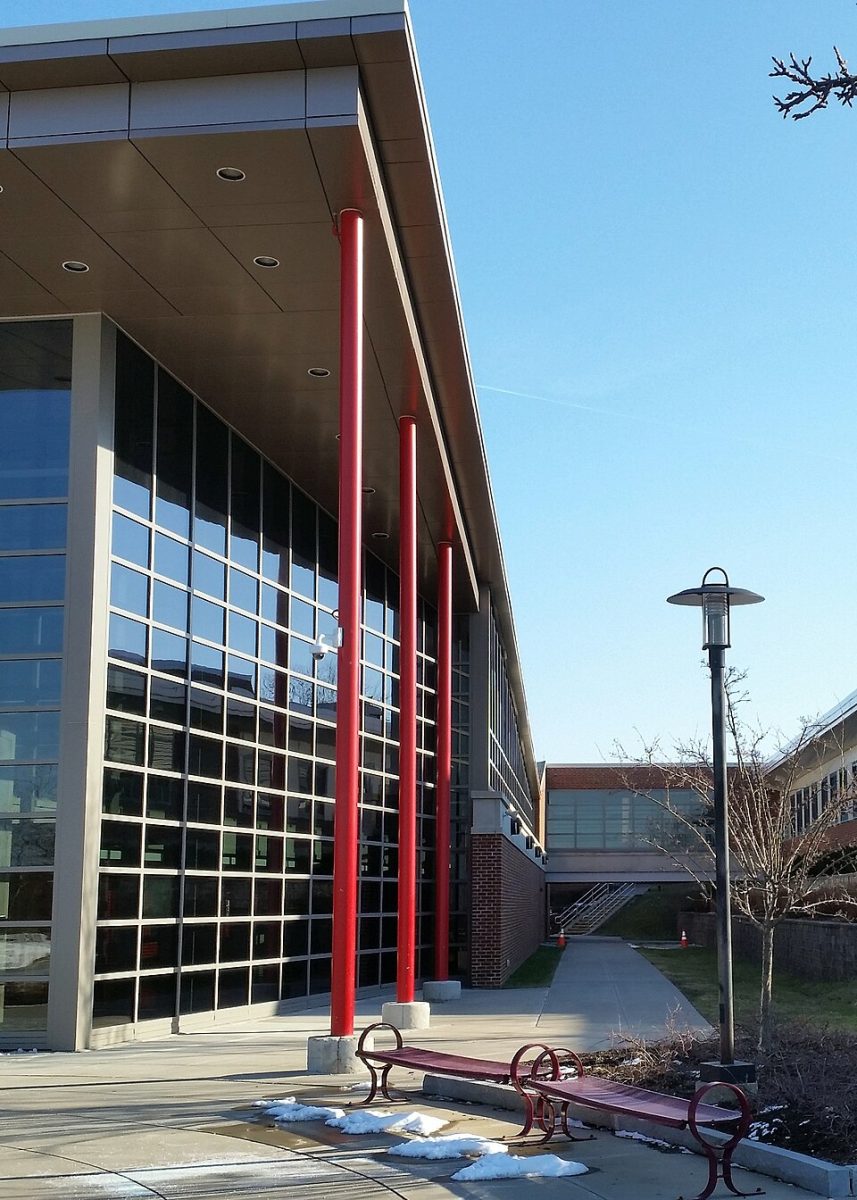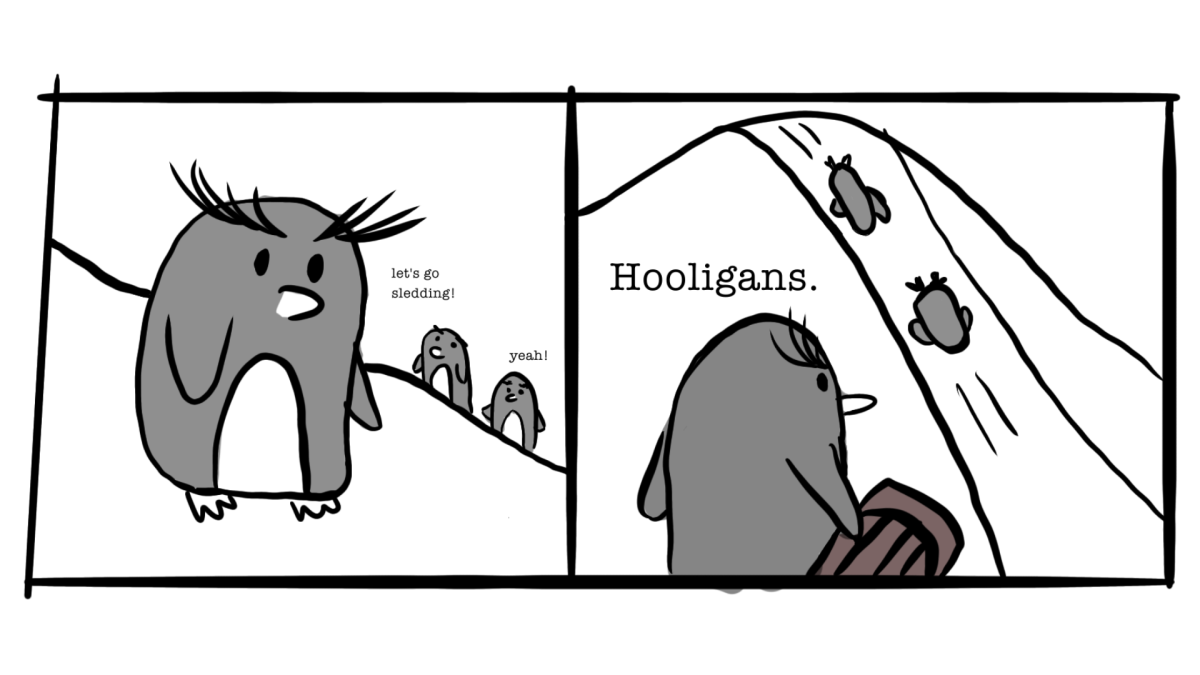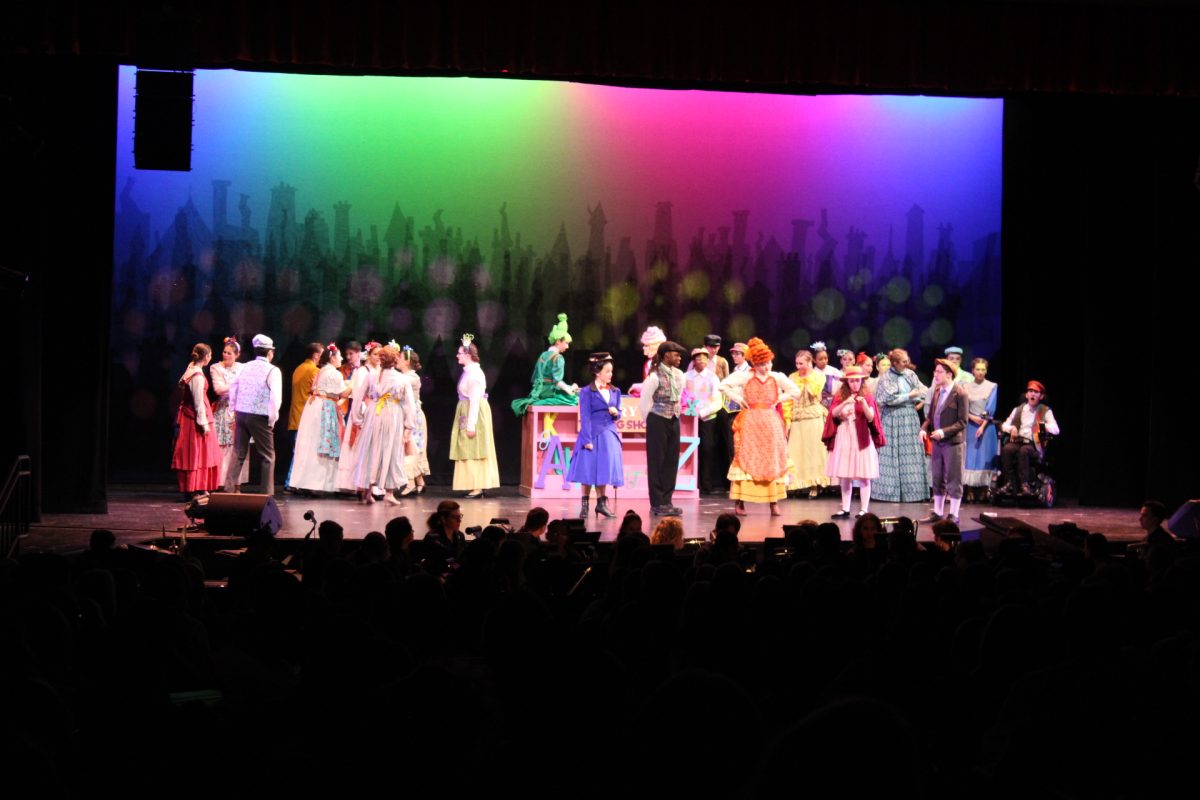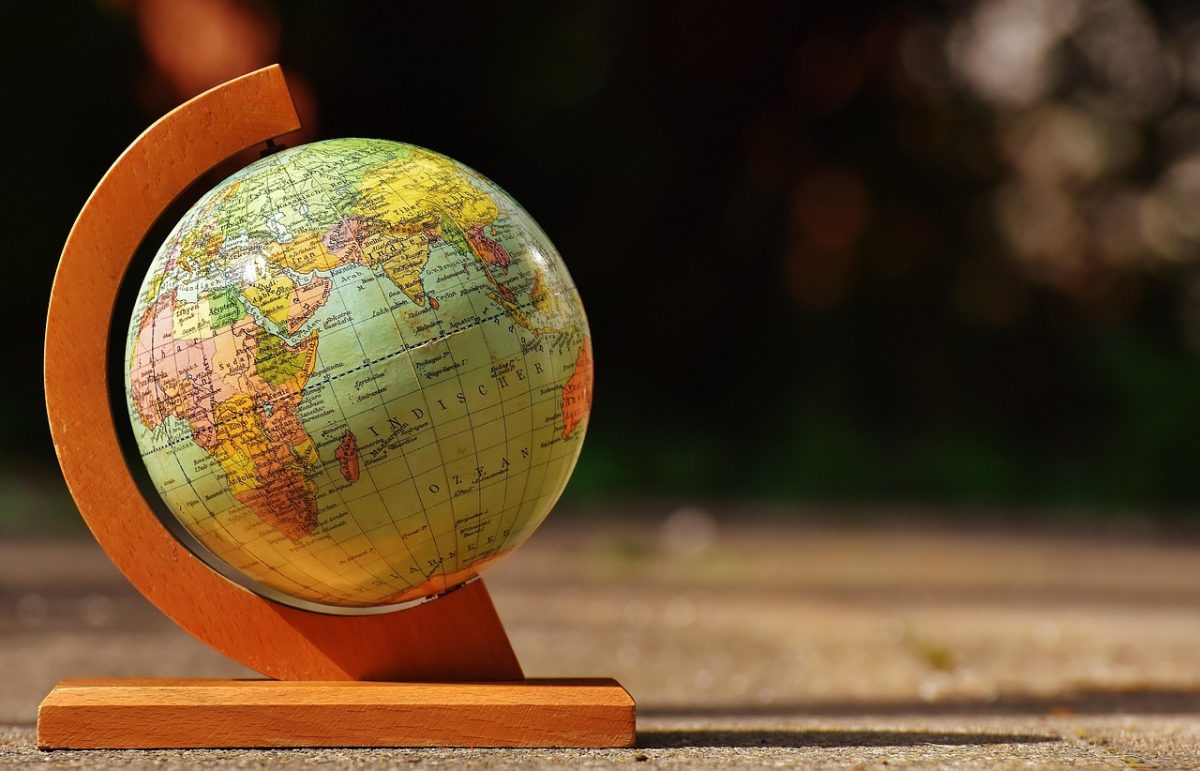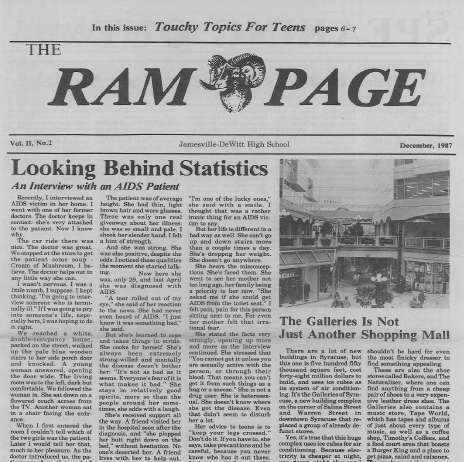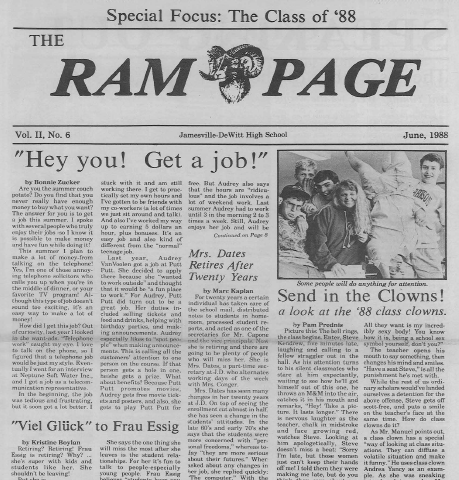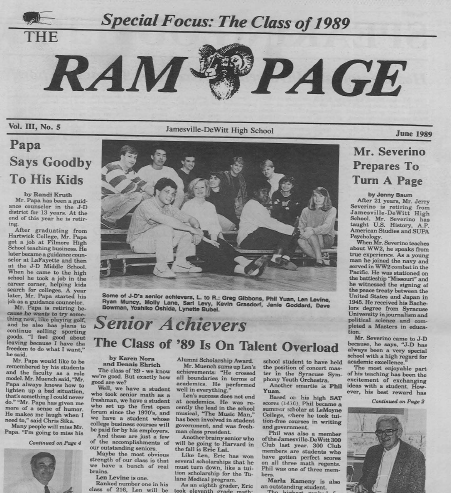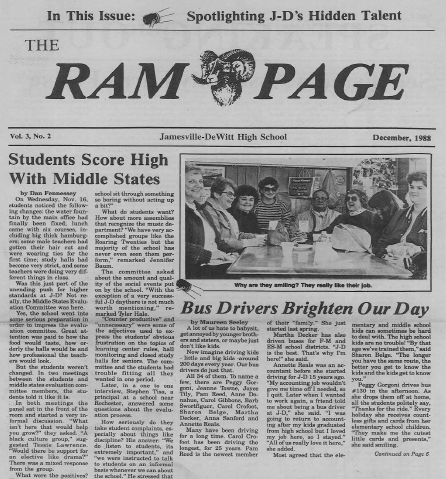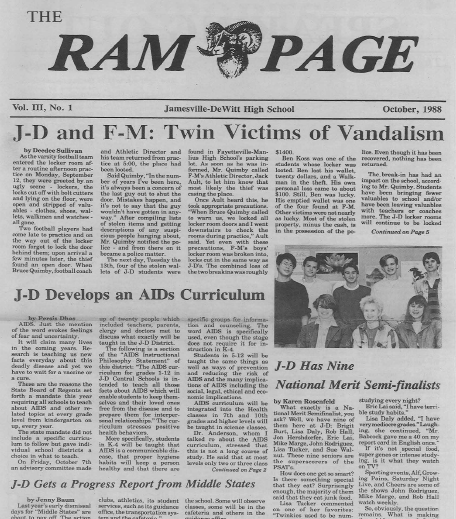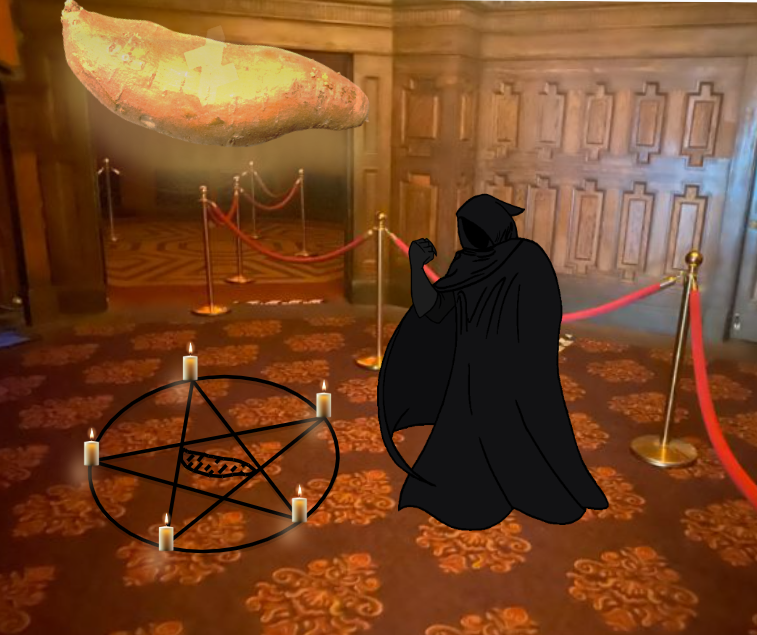The National Collegiate Athletic Association made $1,045,400,000 in the 2018-19 school year. The athletes that brought in that money don’t get to keep a penny.
There is a fundamental issue when the people most responsible for revenue don’t get paid. Yes, most Division I student-athletes get scholarships. However, most of these competitors spend so much time at practices, team meetings, and games that they should be called athlete-students instead. A scholarship is valuable, but since playing a sport takes focus away from academics, the value of that scholarship goes down. Many athletes leave college with no money and an incomplete education, even if they receive a degree.
Even worse than a lack of payment is the restriction on athletes making money for themselves. College athletes can’t use their likeness to get sponsorship deals. This rule, put in place to promote amateurism, does nothing to truly help anyone. It only limits competitors from making money for themselves and their families.
Recently, the NCAA has started to move in the right direction. In October of 2019, the NCAA decided to allow players ”to benefit from the use of their name, image and likeness in a manner consistent with the collegiate model.” The rules will be changed over the next few years, but it is unclear by how much. The wording of the directive is vague, and athletes still might not get full control of their own likeness. It will become more clear by 2021, when the new rules are set to be approved, how much better the new system is.
Even if athletes gain the ability to make some money off of brand deals, they still won’t get any of the revenue that the NCAA makes, which is simply unfair. Let’s take March Madness as an example. The annual college basketball tournament brings in over 800 million dollars in revenue. The players in that tournament aren’t paid a dime. The president of the NCAA, Mark Emmert, makes over three million dollars a year. So even though people watch for the players, the organizers are the only ones getting paid for it.
Paying athletes for their work is the right thing to do, but it obviously wouldn’t be easy. There would need to be decisions made over who would make money and how much money they would make. However, the NCAA deals with hundreds of colleges and dozens of sports each year. If they can handle those logistics, they can solve these new issues.
The NCAA needs to adapt to the new reality it exists in. College sports is now a billion dollar industry. It’s time for the athletes to get their fair share.
Sources:
- Abdeldaiem, Alaa. “Mark Emmert Made $3.9M amid College Hoops Scandal.”
- Blinder, Alan. “Should College Athletes Profit From Their Fame? Here’s Where the Debate Stands.”
- “Board of Governors Starts Process to Enhance Name, Image and Likeness Opportunities.” NCAA.org
- Brooks, Khristopher J. “NCAA to Let College Athletes Profit from Their Likeness.” CBS News
- Rovell, Darren. “NCAA Tops $1 Billion in Revenue during 2016-17 School Year.” ESPN
- “Where Does the Money Go?” NCAA.org


